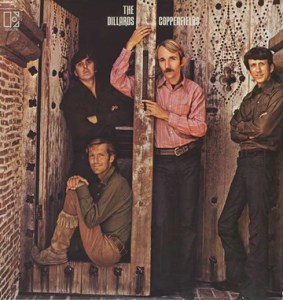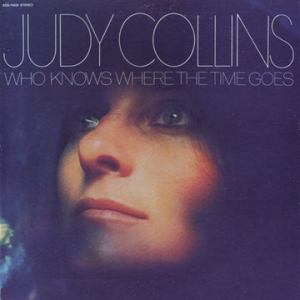
- You’ll find seriously good Double Plus (A++) sound or BETTER throughout this vintage Elektra pressing
- Both of these sides are relatively rich, full-bodied and warm, yet clear, lively and dynamic
- Those of you who enjoy the country-fried style of the Flying Burrito Bros., Gram Parsons or The Byrds will probably get a lot out of this one
- 4 stars: “…it was a similarly eclectic and, for the most part, joyous romp through a fusion of bluegrass, rock, folk, and country, with a bit of pop and orchestration along the ride, and the group’s superb vocal harmonies being the main constant.”
This is the band the Jayhawks grew up listening to, along with, I’m guessing, The Byrds (circa Sweetheart of the Rodeo), The Grateful Dead (American Beauty), The Eagles (first LP), Poco, and no doubt plenty of other bands that never became famous.
Actually, the Dillards themselves never became famous, which is too bad, because based on this album they should have. It’s full of wonderfully melodic songs, with all the boys pitching in for harmony, backed by every stringed instrument that’s fit to pick: guitar, mandolin, banjo, pedal steel, fiddle, dobro — you name it, they play it. They even do one by the Beatles. And that’s not nostalgia: the Beatles were together (sort of) when this record was made!
By the way, the guy front and center is Herb Pederson. I never knew who he was until I attended a concert that Chris Hillman and his acoustic trio gave at a coffee house (!) and then again at a home concert (where I was lucky enough to sit three feet from them and got to chat with them during the break).
They performed mostly old bluegrass and country tunes (with Hillman on mandolin, his first and favorite instrument), some originals, and even covered one or two of The Byrds’ hits. The guitarist in the band turned out to be Herb Pederson, and one day I noticed a similarity between the 55+ year old gentleman I saw that night and the guy on the cover of The Dillards. Sure enough, that’s him.
You can also find his name on dozens of country rock records by artists like Linda Ronstadt and Emmylou Harris. He was the “go to” guy back in the day, with his top notch harmonies and authentic country guitar playing. Which is what he brings to this album too.
We’ve been trying to find great sound for this band for years, but it is one tough task. For one thing, it’s difficult to find clean copies out in the bins and even when we do most of them don’t sound that hot. It took years worth of purchases to get enough of these together for a shootout, and even then very few of them delivered the way this one could.
Our last shootout was 2013, close to a decade ago. Sometimes it takes ten years to find enough copies to do a shootout, and this is one of those times.
(more…)









